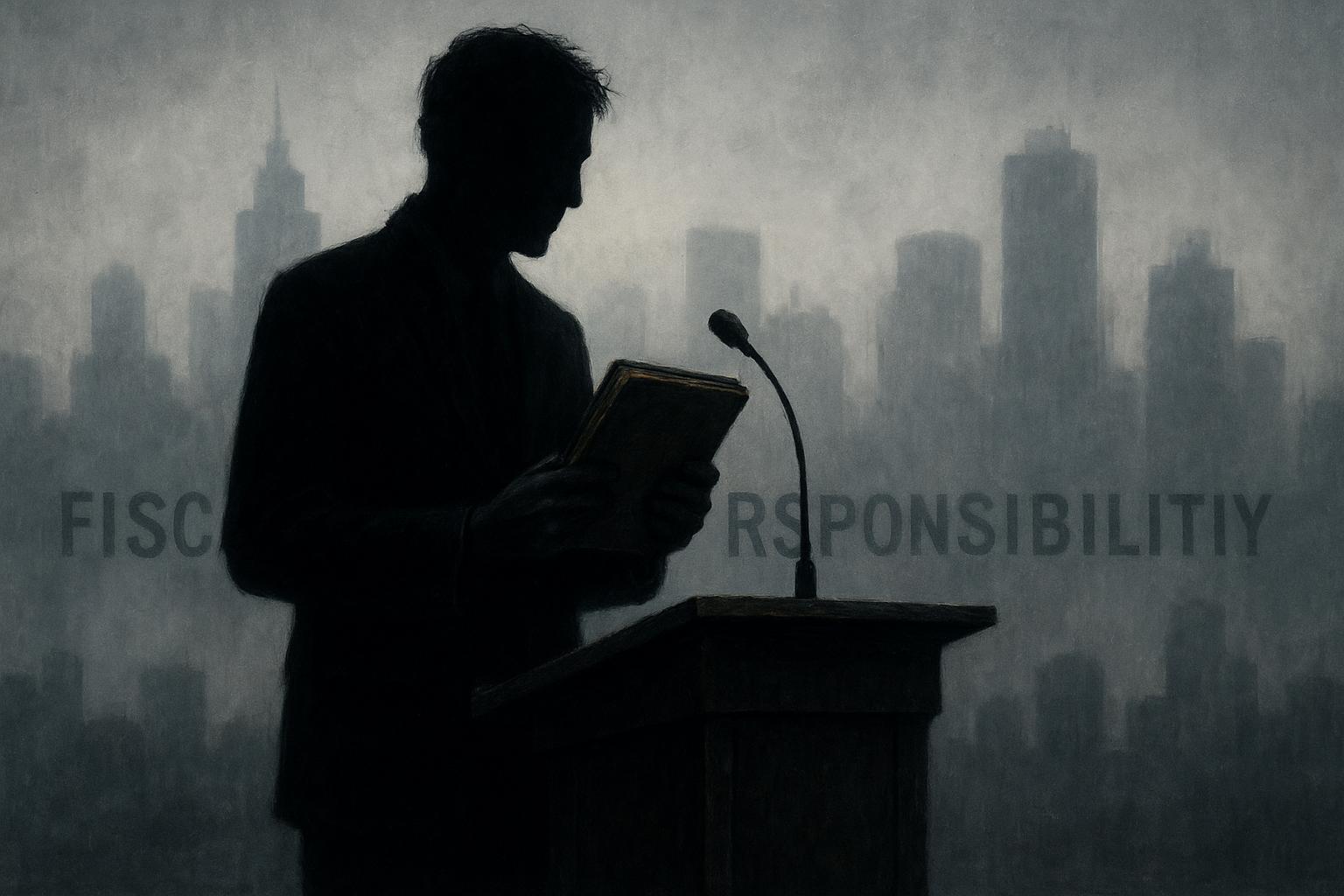Chancellor Rachel Reeves is preparing to deliver a Budget on 26 November 2025 that is widely expected to include tax rises, despite Labour’s explicit manifesto pledge not to increase VAT, National Insurance, or income tax. Speaking ahead of the Budget, Reeves emphasised that she would make “fair choices” to tackle the UK’s economic challenges, including reducing NHS waiting lists, lowering the national debt, and addressing the cost of living. She acknowledged the difficult decisions ahead but argued that the circumstances facing the economy necessitate these measures.
Economic forecasts, especially the forthcoming update from the Office for Budget Responsibility (OBR), are expected to worsen, potentially adding up to £20 billion to the Chancellor’s fiscal costs. This comes amid declining productivity predictions and rising borrowing costs. The OBR’s forecast, due to be published alongside the Budget, is likely to show the UK economy underperforming, adding pressure on the government’s finances. Reeves is committed to her “non-negotiable” fiscal rules which include ending borrowing to fund day-to-day spending and reducing government debt as a share of national income by the end of this parliament.
The Resolution Foundation, a think tank closely linked to Labour through staff connections, has signalled that tax rises are now “inevitable.” It has explicitly warned that avoiding increases in VAT, National Insurance, or income tax would “do more harm than good.” The foundation recommends hiking income tax as the most efficient route to raise revenue, suggesting offsetting this with a 2p cut in employee National Insurance to protect most workers. It also proposes extending the freeze on personal tax thresholds beyond April 2028, which could raise an additional £7.5 billion. The think tank has criticised sharp welfare cuts and advised the government to seek tax rises instead to address fiscal shortfalls projected at around £4.4 billion relative to the Chancellor’s fiscal rules.
Reeves’s indication that tax rises are on the horizon comes despite the Labour Party’s pre-election promises. Shadow Chancellor Sir Mel Stride has admonished the Chancellor, describing the situation as a broken promise that could lead to calls for Reeves’s dismissal. Meanwhile, Prime Minister Keir Starmer has framed the Budget as a “Labour Budget built on Labour values,” emphasising the necessity to make “tough but fair decisions” to renew the UK economy for the long term. This suggests the government is positioning the tax rises as part of a broader strategy of fiscal responsibility and investment, including a planned £100 billion investment over five years to rebuild public services.
Speculation around the nature of the tax rises includes the possibility of increasing income tax rates. Analysts estimate that even a modest 1p rise in the basic rate of income tax could generate about £7 billion annually, primarily affecting higher earners. Some reports indicate Prime Minister Starmer has been reluctant recently to reaffirm the earlier pledges not to raise income tax, National Insurance, or VAT, indicating a shift in stance as the fiscal pressures mount.
Reeves has also confirmed that spending cuts will accompany tax rises to provide the government with “sufficient headroom” against future economic shocks. This will include controlling the growth of day-to-day spending, with planned reductions in expenditure growth over the coming years. However, capital spending is set to increase by around £2 billion a year to support growth and meet defence commitments.
In summary, Chancellor Rachel Reeves faces a complex balancing act in the forthcoming Budget. She aims to uphold Labour’s commitment to fairness while navigating the harsh realities of deteriorating economic forecasts and rising fiscal deficits. The anticipated tax rises, potentially including income tax hikes, reflect a pragmatic response to the challenge of stabilising public finances without resorting to deep welfare cuts, according to influential economic commentators and government advisors alike.
📌 Reference Map:
- [1] (BBC News) - Paragraphs 1, 2, 3, 4, 6, 7, 8, 9
- [2] (ITV News) - Paragraph 1, 2
- [3] (Evening Standard) - Paragraph 2, 3
- [4] (Reuters) - Paragraph 2, 4
- [5] (AP News) - Paragraph 7
- [6] (Reuters) - Paragraph 8
- [7] (MoneyWeek) - Paragraph 7
Source: Noah Wire Services
